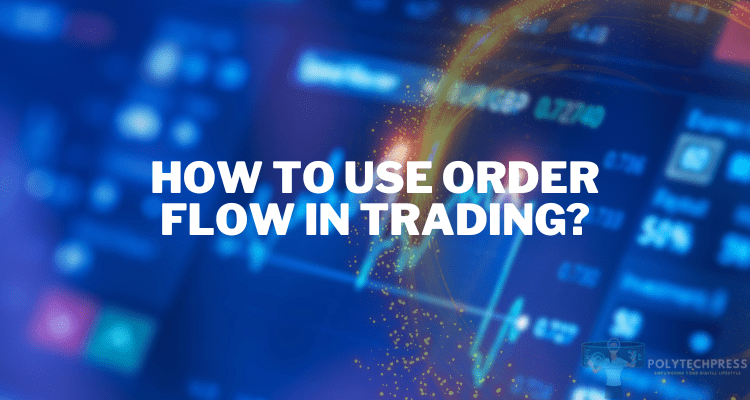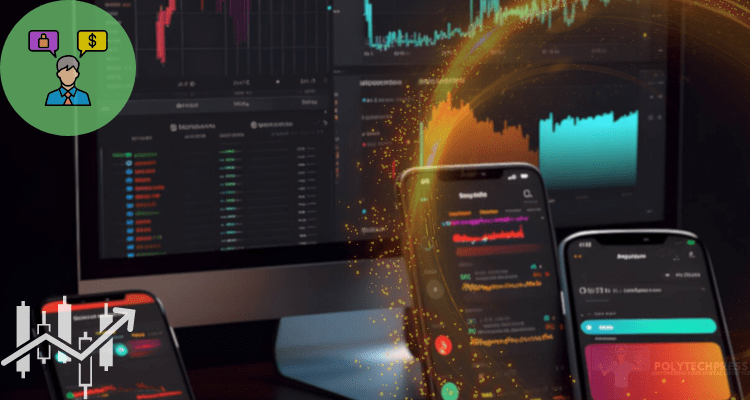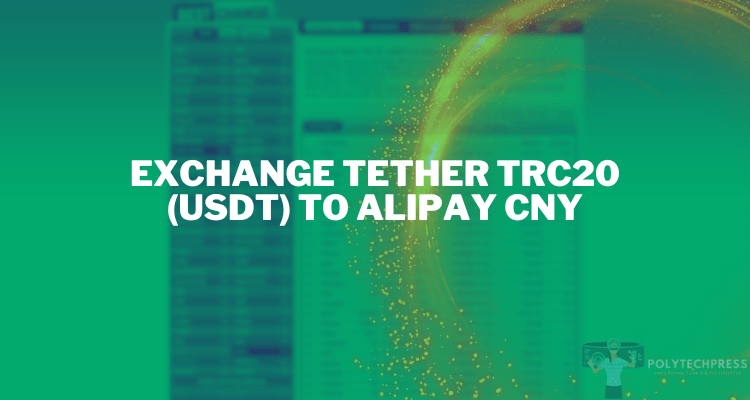How to Use Order Flow in Trading?
Trading strategies have evolved over the years, but the goal remains the same – to profit from market moves. While indicators like moving averages and oscillators are useful, understanding order flow trader gives an edge. Mastering this type of analysis increases the accuracy of trading decisions and forecasts. That is why the PolyTechPress team decided to look into this issue in more detail.
Clarification

Order flow provides a detailed record of all buy and sell transactions for a particular security or asset. By analyzing order flow, traders can gain valuable insights into current market dynamics. Order flow reveals buying and selling pressure in a security, allowing traders to see the real intentions of market participants beyond just the volume traded.
While volume shows the number of shares or contracts exchanged, order flow goes much deeper, exposing the nitty gritty details behind each executed trade such as the price paid, the order type, and the exact timing down to the millisecond. This granular information paints a much richer picture of supply and demand.
The key components of order flow are:
- Market orders – trades executed immediately at current market prices.
- Limit orders – trades with specified prices, to be executed when the market price reaches the limit price.
- The order book – the record of all outstanding limit orders, organized by price.
For example, many experienced traders on Bikotrading actively use this data to enter into profitable trades based on analysis.
Basics of Analyzing
To read order flow, traders examine the order book. They identify zones of buying or selling interest based on limit order clusters. As orders execute, the book changes dynamically.
Buying pressure is visible through market orders above the current price and limit orders building up bids. Selling pressure emerges via market sells below price and limit orders stacking up offers.
Market depth and liquidity levels also become apparent. Deep, two-sided markets suggest balanced participation. One-sided order flow hints at potential breakouts.
High-frequency trading (HFT) strategies also influence order flow. Their trades can create volatile spikes, triggering stops and exacerbating moves.
Tools and Indicators for Order Flow Analysis

Specialized platforms like Sierra Chart and CQG provide detailed order flow data. Key indicators include:
- Volume at Price – color-coded histograms displaying volume traded at each price.
- Delta – net difference between buys and sells. Positive delta shows buying pressure.
- Cumulative Delta – running total of delta over time. Trends show prevailing order flow.
Charts can be customized with color schemes for easier analysis. Additional indicators like moving averages or volatility bands can supplement order flow data.
Strategies to Use Order Flow in Trading
Order flow strategies aim to time entries for optimal risk-reward. Key levels emerge to define trades:
- Support/Resistance – High volume zones reveal clustered limit orders. Breaks signal potential continuations.
- Order Flow Flips – Shifts from buying to selling interest suggest reversals.
With order flow, traders identify high probability setups:
- Breakouts – Heavy one-sided order flow pushes price through key levels.
- Reversals – Order flow flips at key supports/resistances mark reversals.
- Continuations – Existing order flow trends persisting point to continuations.
Entries align with order flow signals, often using limit orders. Exits and stops also rely on shifts in order flow.
The Advantages of Trading with Order Flow
The PolyTechPress team also highlights the following advantages that the described type of strategy provides.
- Understand auction market dynamics and trader positioning.
- Time entries and exits based on order clusters and sentiment shifts.
- Manage risk via real-time insights into support and liquidity.
Challenges and Considerations

Mastering order flow analysis has a learning curve. Nuances like order spoofing can also complicate reads. Order flow works best in liquid markets with full order book access.
The psychology of trading also affects order flow usage. Biases can impair objective analysis. Discipline is required to act on signals consistently.
Incorporating Order Flow into Your Trading
To integrate order flow analysis:
- Construct a trading plan using order flow for confirmation and timing.
- Back test strategies across different market conditions.
- Stay updated on order flow tools and adapt to evolving auction dynamics.
The Key Role of Order Flow in Trading
Order flow analysis provides a valuable edge by revealing market mechanics and sentiment. With practice, traders can significantly enhance the timing and risk management of trades. As technology progresses, mastering order flow will remain a key trading skill.






